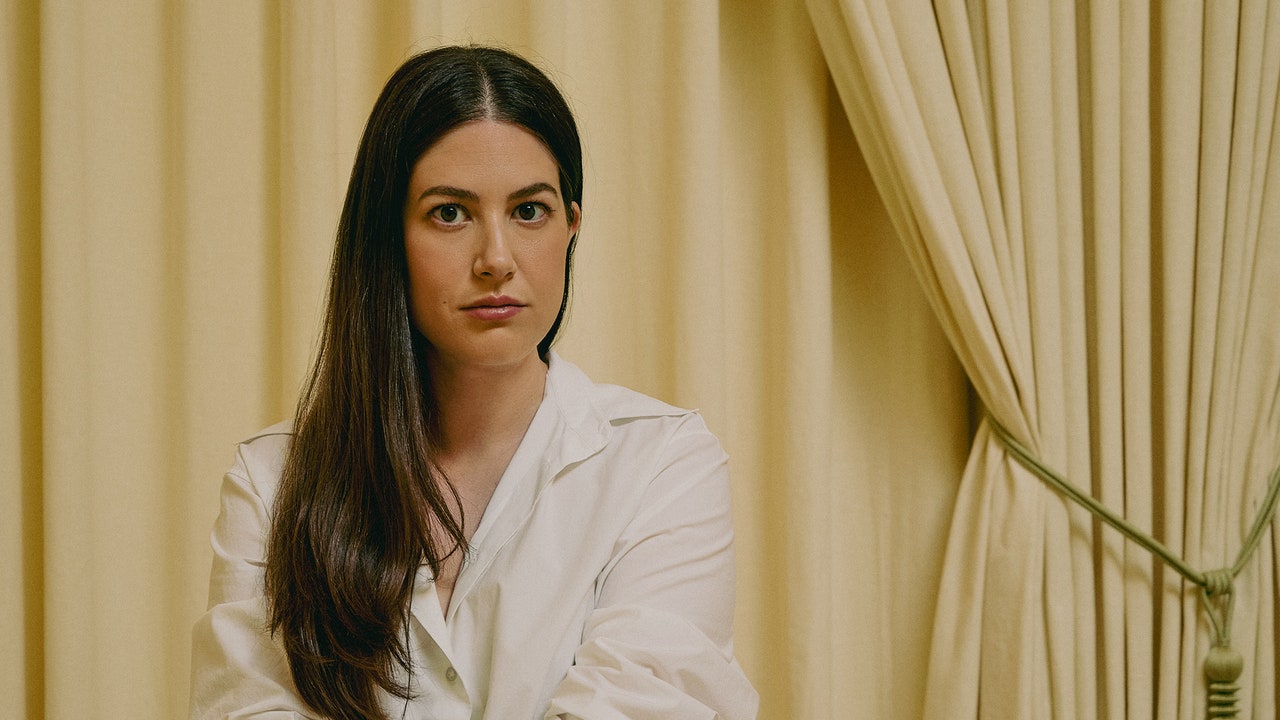Danielle Frankel, the designer known for her imaginative and original approach to bridal dressing, is standing in the most tranquil and serene of rooms. She is looking equally beatific, even if just beyond the room’s buttery yellow walls there’s a frenzy of activity—the kind of banging, sawing, and hammering that loudly announces We’re busy—going on. Frankel is giving me a Zoom tour of her Melrose Place boutique mere days before it opens, and while I’d expected someone to just FaceTime me with an iPhone, that’s simply not Frankel’s style. Uh huh, no: Typical of her exacting attention to, well, absolutely every single little thing, she has hired a small film crew to livestream this walkthrough.
If Frankel is preternaturally calm, it may be because—the last few moments of intense work on top of eight long months of renovations aside—her cherished dream of opening a space in her hometown of Los Angeles is finally within reach. (She grew up a 10-minute drive away.) “We really wanted to be in this neighborhood,” she says of the search that she and Joshua Hirsch, her husband and the company’s CEO, undertook. “After looking for two years, we were close to signing a lease on another space, but then we saw this before it went on the market, and I was like, ‘Yep—this is the spot.’”
Frankel’s instincts didn’t fail her. Over 4,000-square-feet of prime Melrose Place real estate, sandwiched between stores from Oscar de la Renta and The Row, and with a stunning courtyard greeting you as you walk into the store, the LA Danielle Frankel boutique will be her first retail location proper (her midtown New York atelier doubles as a design studio and place for people to shop). Both places were designed by interior decorator Augusta Hoffman, who Frankel first met when Hoffman came to her for her wedding dress.
“There was something about Augusta’s aura that I was like, ‘I really want to work with this person’,” Frankel says. “I loved her taste, too; she just felt like the right person to partner with.” Given Frankel’s job, she’s unsurprisingly big on harmonious unions—but they were particularly in sync because each believed that the boutique’s interior should be, says Frankel, “clean, sharp, design-focused, but also focused on what’s happening in the space—it had to feel comfortable and homey, not intimidating. Augusta doesn’t really do retail projects, she does homes, and that’s perfect: I want someone to come into the boutique and feel like they’re in my living room.”
Read the full article here




